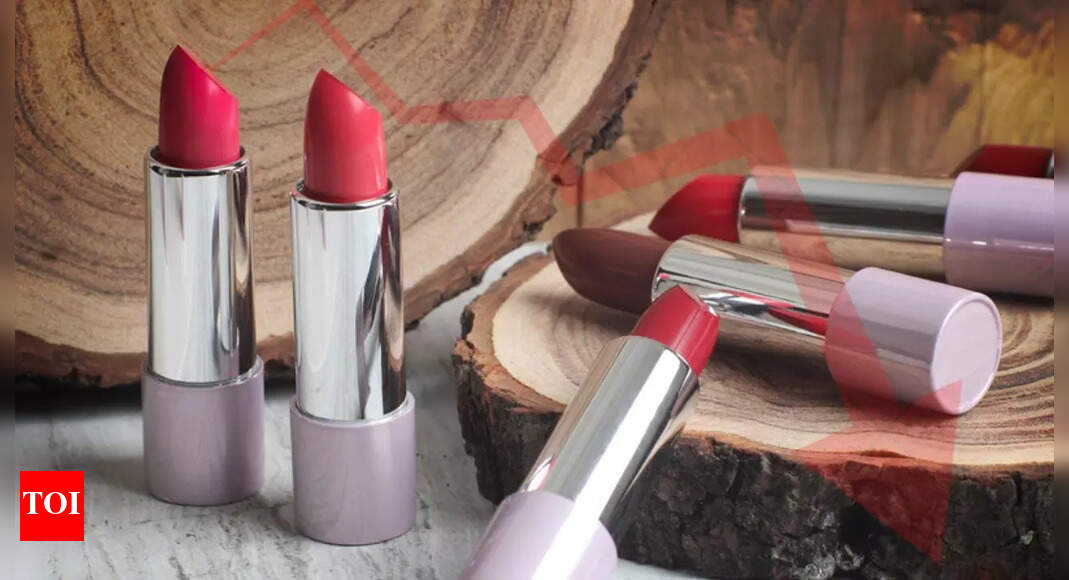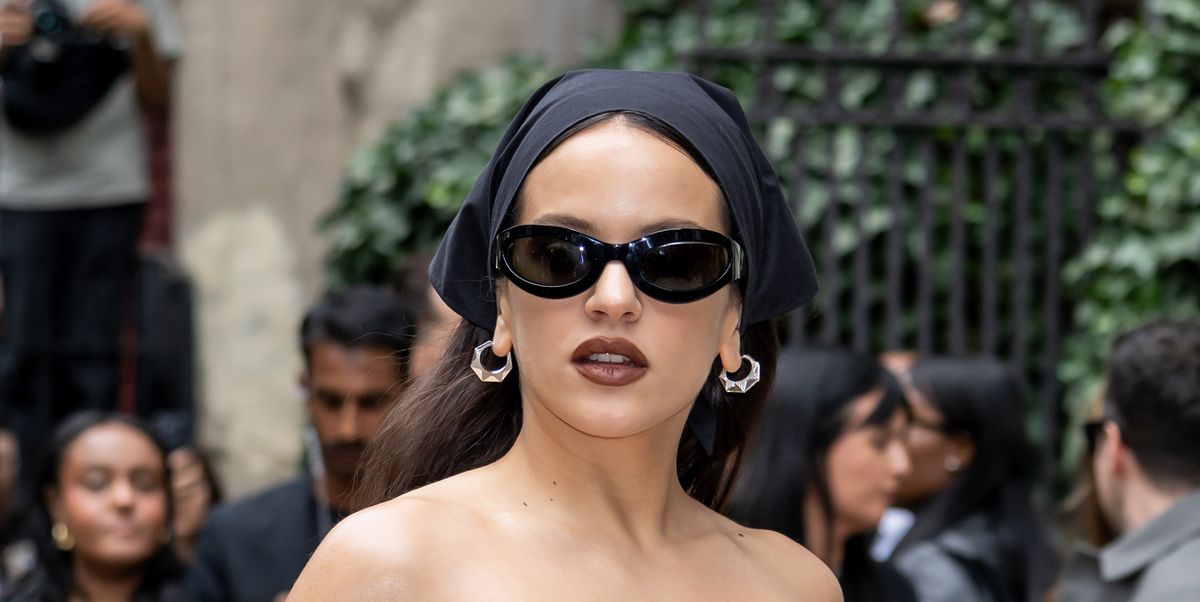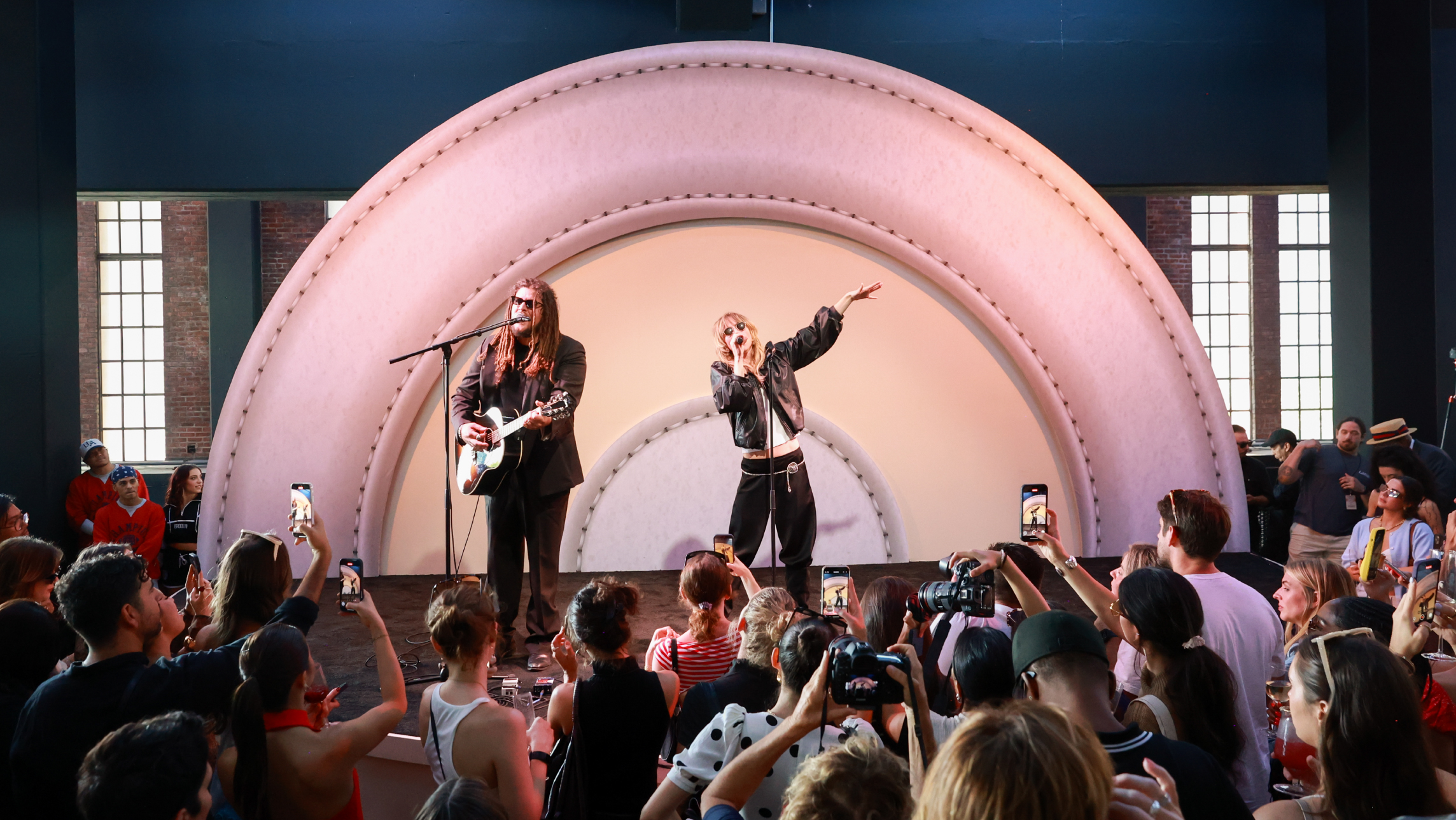Following US President Donald Trump’s announcement of broad and steep tariffs in April, many fear that the world economy might slip into a recession. Amid the apprehensions, terms like ‘lipstick index’ and ‘longer hemline’ have caught a lot of attention. Several beauty & fashion trends are often linked to predicting recessions, though experts caution they’re more soft signals than reliable measures.
Lipstick index
The term was first coined in 2001 during the global recession by Leonard Lauder, former chairman of Estée Lauder. Lauder noticed that despite the financial crunch and people cutting back on spending, cosmetic sales, especially lipsticks, were rising. The term refers to how, during financial crises, people ditch big splurges and find satisfaction in purchasing smaller, more affordable luxuries like lipstick.
Mascara index
Similar to the lipstick index, the mascara index suggests that during economic downturns, sales of mascara (and eye makeup in general) go up. This became especially noticeable during the Covid-19 pandemic, when masks covered lips, and people focused more on eye makeup.
Nail polish index
Another offshoot of the lipstick index, the nail polish index proposes that during tough economic times, consumers turn to buying nail polish instead of bigger luxury items — it’s an affordable treat that offers a little sense of indulgence without breaking the bank.
Recession hair
Coined in 2009 as a result of a stock market crash in 2008, this term refers to foregoing expensive haircut and styling appointments. Now, in 2025, TikTok users have renamed the trend as recession blonde or recession brunette. It refers to low-maintenance, natural-looking hair colour that’s affordable to maintain, perfect for times when people are cutting back on spending. The Brunette Index is a playful, less formal economic theory suggesting that during tough times, people are likely to dye their hair darker.
Longer hemline
A theory created by economist George Taylor in 1926 suggests that the length of a hemline closely relates to how well the economy is doing. Shorter hemlines indicate a thriving economy, while longer hemlines hint towards a poorly performing economy.
The rise of corp core
Corporate wear, now rebranded as “Corp Core,” is taking over runways and wardrobes. Some claim the return of power dressing – sharp tailoring, structured blazers, and business chic – reflect a deeper cultural response to financial uncertainty. The rise of the corp core may be the latest indicator of recession fears. With hiring freezes, layoffs, and rising inflation, professionals are increasingly dressing to project authority and job security.
Men’s underwear index
The Men’s Underwear Index is another quirky economic indicator proposed by Leonard Lauder. It suggests that when the economy is doing well, men tend to buy more expensive, higher-quality underwear. On the other hand, during economic downturns, sales of men’s underwear – particularly luxury or higher-end brands – decrease as people opt for more budget-friendly options. The idea behind it is that underwear, being a relatively private and personal purchase, is one of the first areas where men make adjustments when their discretionary spending is limited.
— Compiled by Aakanksha Ahire


